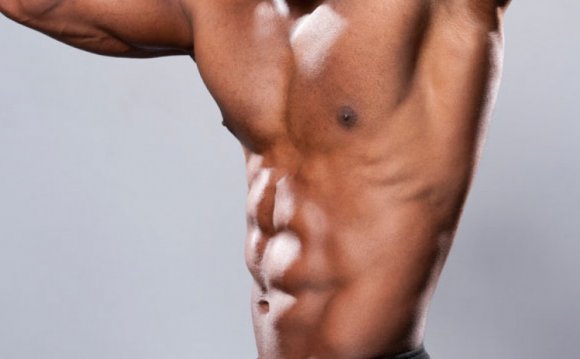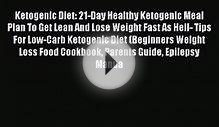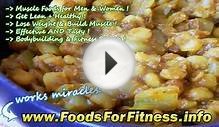
Late-night infomercials have you thinking that losing fat is either supereasy or way too hard. One guru says you can tighten your abs in just minutes a day, while another orders you to run till you puke. Here’s the truth: It’s not easy, but it also isn’t torture. Dieting can’t be misery—when it is, people don’t stick with it, and then they fail. You don’t need the resolve of a Shaolin monk to see your abs, nor do you need to deprive yourself to keep them. The plan we unfold here is a practical approach to weight loss that’s simple but not easy, and challenging but not agonizing. Learn it—and get lean with it—now, and you’ll stay in shape for the rest of your life.
HOW TO EAT
First, let’s settle the calorie debate once and for all. It’s true that if you eat fewer calories than you burn, you’ll lose weight over time—even if those calories come from chocolate cake and ice cream. But you don’t need a degree in nutrition to see the flaw here. Foods that have low nutritional value don’t support healthy body composition, so while you may be able to diet yourself down to a lower number on the scale, your body will lose muscle, resulting in a smaller but flabbier you. Being aware of your caloric intake is helpful, but your choice of foods takes precedence. Base your diet on natural, unprocessed foods. Your new shopping list should comprise lean cuts of meat, seafood, fresh vegetables, fruit, nuts (in moderation), and natural starches such as rice, potatoes, and whole grains. Bread, baked goods, pasta, cereal, regular soda, booze, and desserts must be cut out entirely until further notice.
HOW MUCH TO EAT
When you eat healthy foods, you don’t have to worry much about calories. In fact, in the early stages of your diet, we suggest you don’t focus on calories at all—it will only make you hate the process. Still, you need some measure of what you’re taking in so you don’t overeat—or undereat, which can slow your metabolism. You must estimate your portion sizes, which you can do with a wave of your hand. A three ounce serving of lean meat (your main source of protein on this plan) is about the size of your palm. A cup of starchy carbs, such as from potatoes or rice, is the size of your clenched fist, while a serving of fruit is one whole piece or one cup. A tablespoon of healthy fats from oils like olive or coconut is roughly the area of your thumbnail, and a serving of nuts or seeds amounts to a handful. Aim for about 10 total servings of protein.
INTERESTING VIDEO












